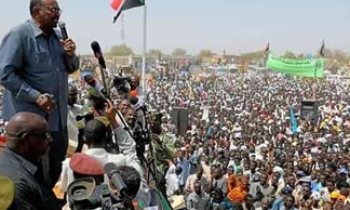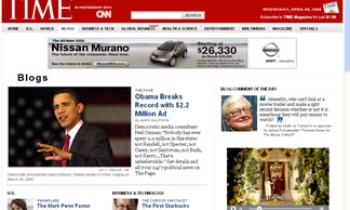If a book on the Indian media business prompts its author to rush into a revised edition within three years of its bestselling success, it means only one thing – the Indian media landscape is changing, and changing quite rapidly.

When Vanita Kohli-Khandekar wrote The Indian Media Business in 2003, it went on to become a bestseller. For a number of reasons. For one, it was widely acepted as a textbook in several mass communications institutes. Not without reason – the book is what a textbook ought to be: flatly written, devoid of journalese (the author is a journalist herself), and no flippant pontificating statements.
About the difference between then and now, Kohli-Khandekar writes in her preface, "What has changed is the importance that the government, investors or society now attach to media and entertainment. 2005 was in many ways the year in which the industry grew in stature. It is a long way from becoming something that befits the largest democracy in the world."
Valid point. The Indian media and entertainment (M&E) industry is big business now. Over Rs 20 billion were pumped into this industry in 2004 and 2005. From 'why media matters' the question facing the industry has transformed into 'can it now deliver' on all the potential that media bigwigs keep deliberating about. The author thinks it will. All for three good reasons.
The first reason why she believes so is 'democracy'. She argues that it allows us to read, write, make, watch, and listen towhatever we want. To drive home her point, Kohli-Khandekar she contrasts the Indian scenario with that in China, which has seen very little strategic investment, and almost nothing in content. The democracy argument, however, comes out a tad rhetorical primarily because of the contrast. You don't compare Wally Hammond with George Best to prove that the former is a good batsman, you would probably compare him with Len Hutton.
It is more likely that you might buy the author's second argument – that about profits and returns. "On the back of rising advertising and pay revenues, operating margins for a bulk of the listed M&E companies have risen anywhere between 15-100 per cent over the last three years." Yes, India is a big market, and this industry segment is booming. A side remark here: one reason why the country's ever-burgeoning population is not looked as an impending tragedy is that it is seen more as a market – one that rakes in a a lot of lucre for big companies, and M&E giants are no exception.
She writes, "So, democracy without a growing economy or a huge population of young and middle-aged people with more time and money to spend on various media would have meant little. Mix them all up and M&E has the potential to become o the Indian economy what telecom already is – a beacon of the strong economic fundamentals of India and its rising spending power as a nation full of young consumers."
The real reason is the third that Kohli-Khandekar puts across. "Just like economic liberalisation happened in 1991, M&E liberalisation began in the truest sense of the word, only in 2003. That is when regulation freed publishing to get institutional money; DTH licenses were issued. Add multiplexes, and radio liberalisation. The media sector is finally free to talk to investors." Yes, you will agree.
So, is the Indian media industry all set to boom and the industry itself all set to deliver? Not exactly. The book warns against pitfalls too. "But what could really trip this growth are not limitations of size. As investment comes into the business, scale is being built. What could stop it is regulation." The media policy of the government is ad hoc. The big fear, especially among broadcasters and film companies in India, is what the minister for information and broadcasting is going to do next. She feels media companies will get their leverage once they grow both in size and lobbying power.
Kohli-Khandekar raises another issue which most media observers either conveniently overlook, or don't recognise it altogether – the fact that all media segments are booming at the same time. "Unlike in the US where newspapers took off, then radio, then TV, then the Internet and so on, India is seeing a simultaneous boom in all media. It will intensify. This leaves very little space for each segment to grow at its own pace. However, this could only have short-term impact before things settle down."
The author foresees a lot of competition, mergers and acquisitions as the media juggernaut rolls on. Much of the investment is going into media infrastructure, and what would change the industry for good would be the delivery mechanisms that are evolving rapidly – digital theatres, multiplexes, broadband pipes, set-top boxes, among other things. These mean the form in which M&E reaches end consumers is varied. People have a choice.
Yes, things are changing. All factors need for M&E growth are there. Now, Kohli-Khandekar says, it is up to the media companies to make the most of it.









